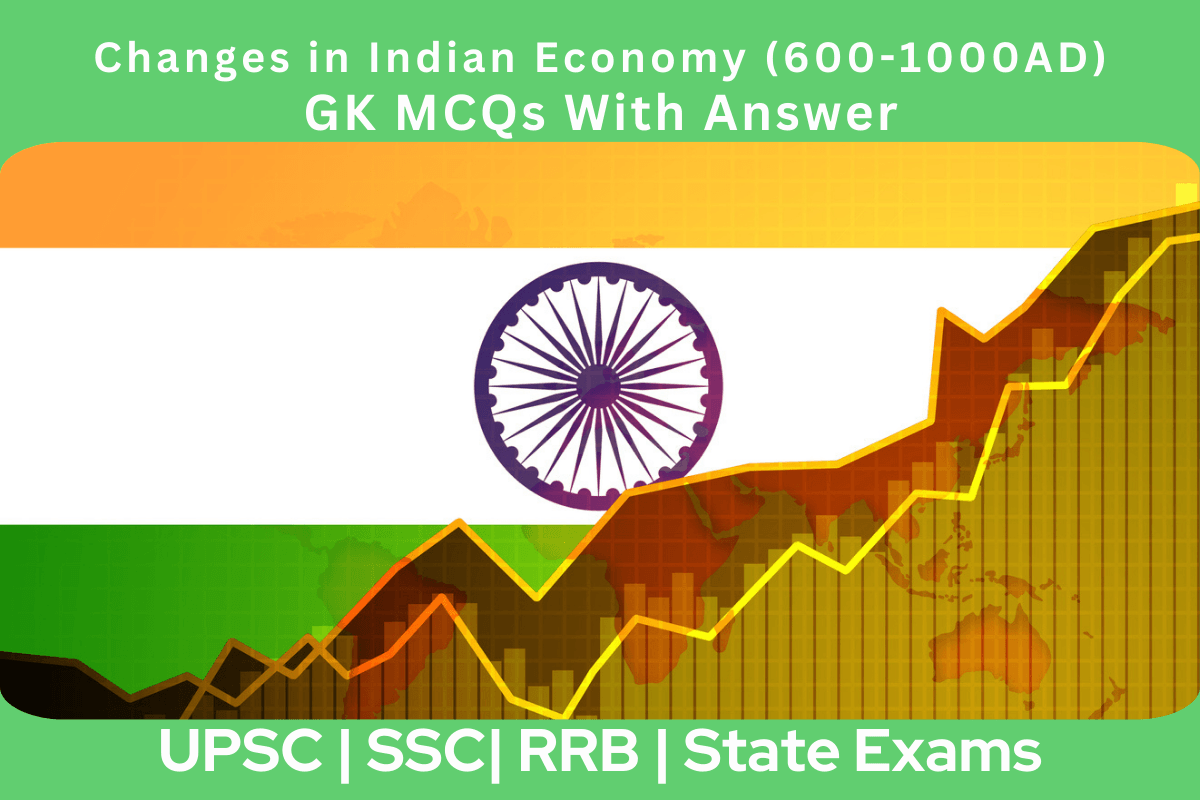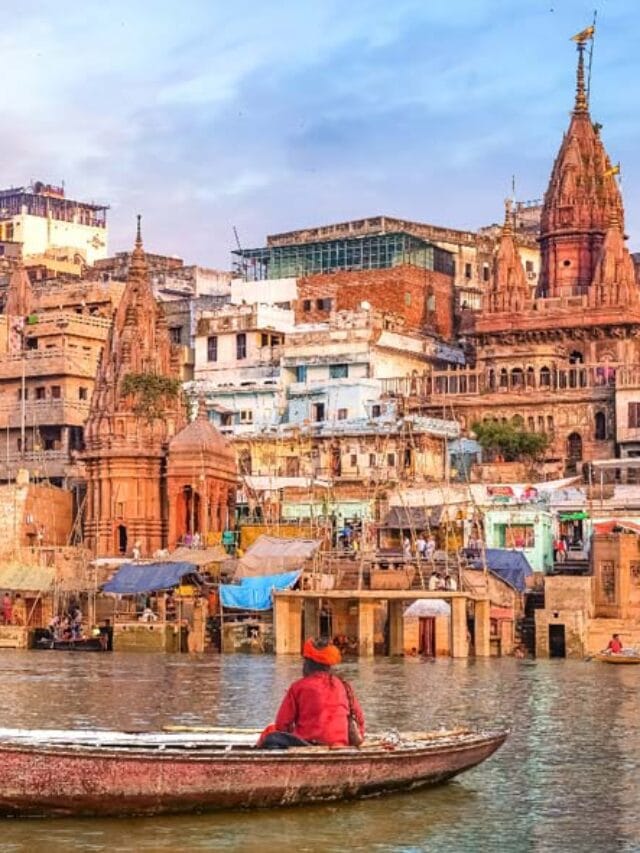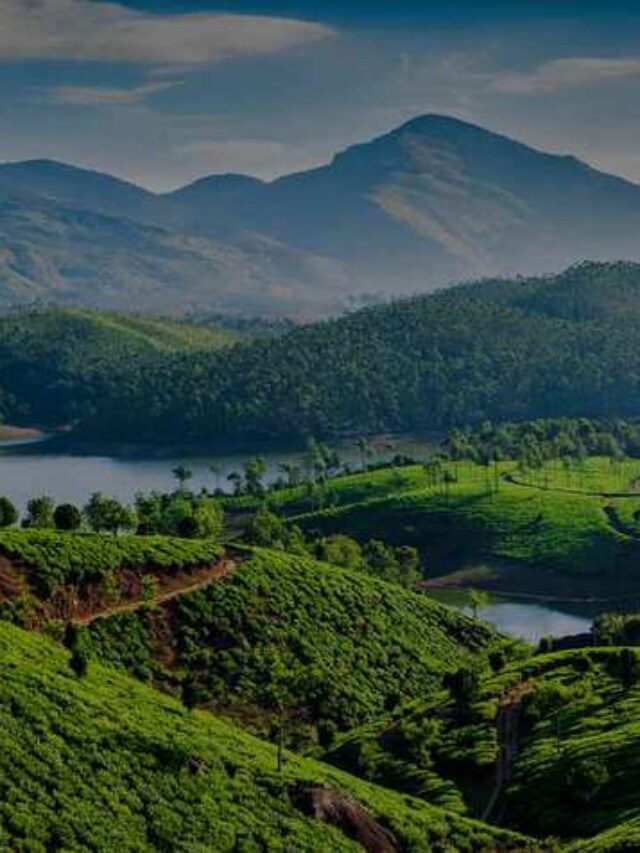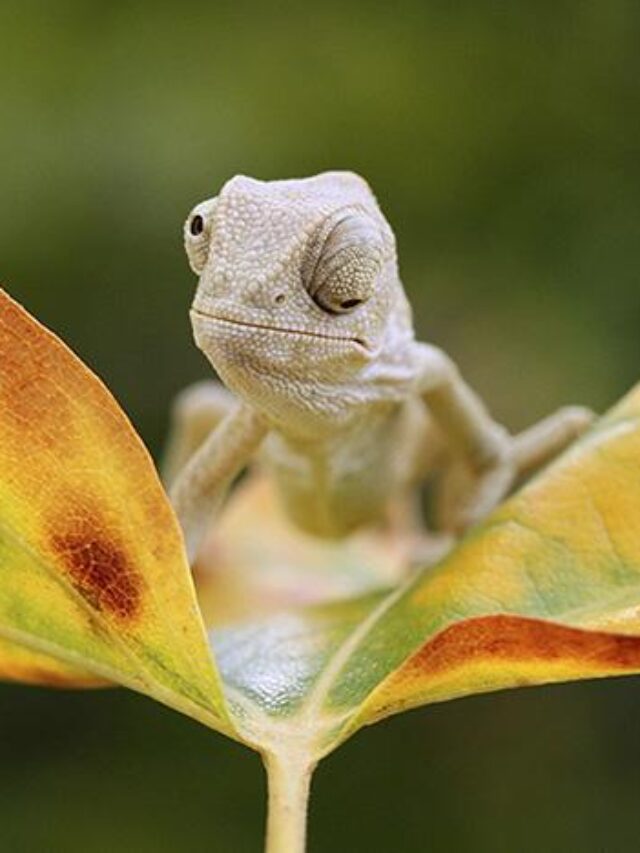
Changes in Indian Economy (600-1000 AD) marks a crucial phase in Indian economic history, witnessing significant changes in trade, agriculture, and urbanization. These centuries saw the emergence of dynamic trade routes, agricultural advancements, and the growth of urban centers, shaping the economic landscape of ancient India.
MCQs with Answers and Explanations:
1. During the early medieval period in India, which term refers to the tax imposed on the entire village?
- Bhoga
- Kara
- Hiranya
- Pindaka
Show Answer
Correct Answer: Pindaka
During the early medieval period in India, the term “Pindaka” referred to the tax imposed on the entire village.
2. What form of tax did Hiranya refer to during early medieval India?
- Fine realized for 10 offenses committed by the villagers.
- A lump sum assessment in cash upon villages as distinguished from the grain share of the king assessed upon the individual cultivators.
- A periodical tax levied primarily upon agricultural land over and above the king’s normal share of the grain.
- None of the above
Show Answer
Correct Answer: A lump sum assessment in cash upon villages as distinguished from the grain share of the king assessed upon the individual cultivators.
Hiranya during the medieval times referred to a lump sum assessment in cash upon villages as distinguished from the grain share of the king assessed upon the individual cultivators.
3. Which term refers to a fine imposed for ten offenses committed by the villagers?
- Pindaka
- Udranga
- Dasaparadh
- None of the above
Show Answer
Correct Answer: Dasaparadh
Dasaparadha during this period denotes a fine imposed for ten offenses committed by villagers. These offenses include disobedience to the king’s orders, murder of a woman, intermixture of castes, adultery, theft, obscenity, assault, and others.
4. Which term probably meant extra cess over and above the fixed revenue of the state during the early medieval period?
- Hiranya
- Pindaka
- Udranga
- Dasaparadha
Show Answer
Correct Answer: Udranga
Udranga, also known as Upaikara, was likely an extra cess or tax imposed in addition to the fixed state revenue in the early medieval period. On the other hand, Dasaparadha represented fines for specific transgressions.
5. From the beginning of the 8th century AD, which power became the most dominant maritime power?
- Europeans
- Arabs
- Romans
- None of the above
Show Answer
Correct Answer: Arabs
The Arabs emerged as the dominant maritime power around the 8th century AD, influencing trade routes and further contributing to the decline in Indian shipping.
6. Which region exported large quantities of indigo, myrobalans, and cotton-stuffs of all colors to Arabia during the early medieval period?
- Kerala
- Gujarat
- Tamil Nadu
- None of the above
Show Answer
Correct Answer: Gujarat
Gujarat was known for exporting large quantities of indigo, myrobalans, and cotton-stuffs of various colors to Arabia during the early medieval period. This trade significantly influenced Gujarat’s economy.
7. Which king sent an expedition against the kingdom of Srivijaya?
- Rajadhiraja Chola
- Rajendra I
- Rajaraja Chola II
- Rajendra Chola III
Show Answer
Correct Answer: Rajendra I
Rajendra Chola I, also known as Rajendra I, ruled as a Tamil Chola emperor of South India. In response to the threat posed by the Srivijaya kingdom to trade routes to China, Rajendra I dispatched an expedition against Srivijaya. This expedition illustrates India’s engagement in international trade and geopolitics during the medieval period.
8. Which of the following kings had lucrative trade with China during the medieval period?
- Chola kings
- Chera kings
- Pandya kings
- Rashtrakutas kings
Show Answer
Correct Answer: Chola kings
While India’s trade with China saw a relative decline during the medieval period compared to trade with Arab and Iranian merchants, the Chola kingdom had prosperous trade relations with China, underscoring the complex network of international trade that existed during this era.
9. Which of the following items were imported from Ceylon?
1. Pearls
2. Dry ginger
3. Tin
Select the correct option from the given codes:
- Only 1
- Only 2 & 3
- Only 1 & 3
- 1, 2, & 3
Show Answer
Correct Answer: 1, 2, & 3
India maintained flourishing trade relations with South-East Asia during the medieval period, importing a variety of goods, including silk, porcelain ware, camphor, bees’ wax, cloves, lump camphor, sandalwood, and cardamom. Ceylon (modern Sri Lanka) was a source of pearls, dry ginger, and tin.
10. Which of the following items constituted imports from the West during the period from 600 A.D. to 1000 A.D.?
1) Fragrant incense
2) Copper
3) Dates
4) Corals
Select the correct option from the given codes:
- Only 1 & 2
- Only 2 & 3
- Only 1, 2 & 3
- 1, 2, 3 & 4
Show Answer
Correct Answer: 1, 2, 3 & 4
Imports from the West during this period included fragrant incense, copper, salt, dates, ivory, emeralds, coral, and horses. India imported high-quality horses from Western and Central Asia, enhancing its military capabilities.
Changes in Indian Economy (600-1000AD) Notes for UPSC Exam








Leave a Reply